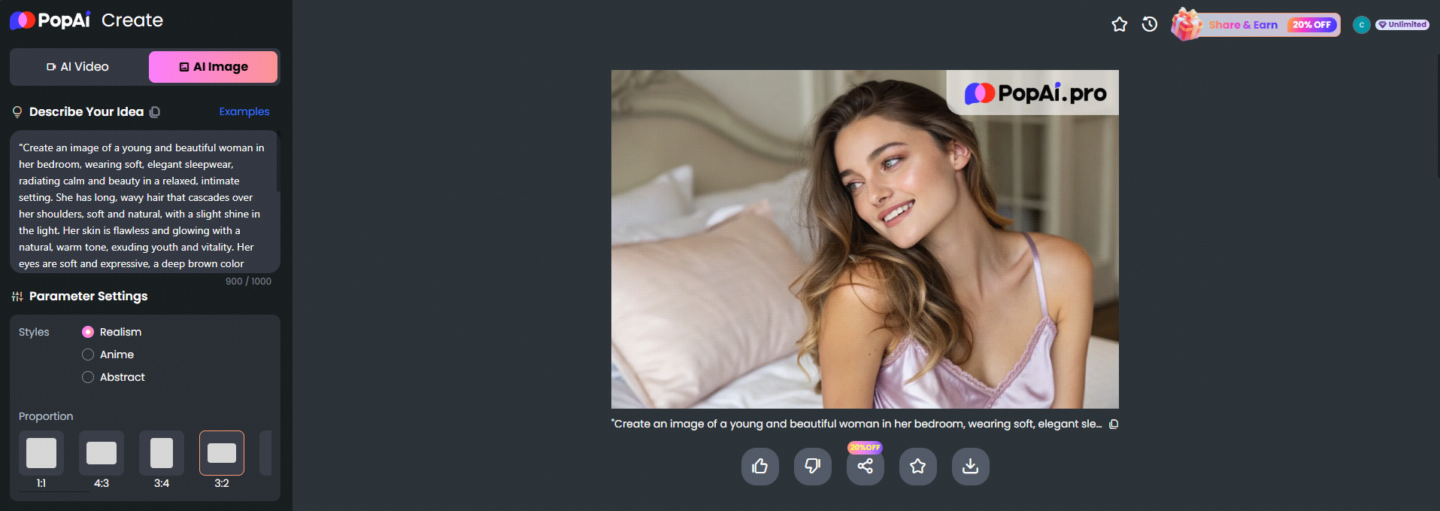The AI Art Revolution
Have you ever marveled at those spectacular images popping up all over the internet, only to figure out they were stirred up by artificial intelligence? It’s like having a modern-day Michelangelo, except this one runs on algorithms instead of paintbrushes. But the million-dollar question echoing through the corridors of creativity is, can these AI-generated masterpieces be tapped for commercial gain? Let’s embark on this journey together, unraveling the mysteries of copyright and licensing in the realm of AI art.

The Birth of AI Images
So, where do these AI images come from? Picture a digital artist who doesn’t need coffee breaks. These “AI artists” are armed with algorithms, trained on gargantuan datasets filled with snippets of art from around the globe. It’s as if we’ve gifted a supercomputer with the creative lexicon of centuries and asked it to birth something extraordinary. The results? Visuals that are not just catching eyeballs but are also shaking up industries from marketing to product design. A paradigm shift, indeed.
Copyright Conundrum
Now, let’s dive into the deep end: copyright. Who claims the creative crown when it’s not a human holding the brush? Traditionally, copyright laws have played favorites with humans, marking them the sole proprietors of creation. But what do you do when a machine conjures art? The legal realm is no stranger to upheaval, but this is new ground. The consensus? AI can’t own the copyright, leaving us in a world where laws haven’t quite caught up to innovation.
The Legal Landscape of AI Images
Before you go printing AI artwork on mugs or billboards, there’s a handbook you should glance through: the Terms of Service (TOS). Think of it as your trusty compass in this legal labyrinth. Many AI platforms outline what you can and can’t do with the images they generate. Some TOS might grant you freedom, while others put the liberty behind bars. Know your permissions, or you’ll risk sailing into legally murky waters.
Commercial Use: A Reality Check
Can businesses slap AI images on everything from T-shirts to television commercials? Commercial use of AI images is a nuanced affair—it varies not just by industry but by the specific rules each AI platform enforces. Some platforms roll out the red carpet, offering free reins, while others may throw a few hurdles your way. Successfully navigating this terrain requires an understanding of what your license permits and forbids.
Types of AI Licenses
Picture licenses like a buffet of options, each with its own set of permissions. Royalty-free licenses often beckon businesses with their abundant privileges—use as much as you want, whenever you want. Yet, things can get sticky when it comes to selling products featuring these images. Some licenses might restrict resale rights or demand sign-ins. Finding the right license involves balancing needs against permissions, ensuring you’re playing within the legal boundaries.
Who Owns AI Art?
The ownership debate over AI images is as heated as the argument over pineapple on pizza. In some corners of the world, only humans can stake a claim to artwork, rendering AI creations into public domain territory. In other jurisdictions, a curious collaboration emerges, where platform and user both share stakes. Untangling these knots is crucial to understanding who can truly say, “This is mine.”
Ethical and Practical Considerations
Engaging with AI-generated images isn’t just about legal checks and balances; it’s a chess game of ethics. When AI art borrows from pre-existing works, where do we draw the originality line? Add to this the debate over human creativity versus machine invention, and you’ve got yourself a 21st-century debate worthy of a think tank. Balancing innovation with integrity, now that’s the real art.
Mastering Legal Use: Best Practices
Venturing into AI artistry without reading the fine print is like setting sail without a map. A thorough understanding of the platform-specific Terms of Service is your first step to avoiding uncharted pitfalls. And even when not mandatory, attributing your AI creation source is a smart nod to the collaborative spirit of creation. Tread wisely, and the creative seas will be yours to command.
Lessons from Real-World Errors
Take a leaf from businesses that have stumbled on the AI licensing dance floor. The hypothetical case of a brand caught unaware by the commercial-use stipulations of a platform highlights a valuable lesson: always double-check the fine print. Missteps can serve as guideposts, steering the ship through clearer, more informed waters.
Common Misconceptions Around AI Content
All AI art belongs to everyone, right? Wrong. There’s a myth that AI creations are communal property, but licenses contradict this belief at every turn. Just as myths about AI as a sole creator need debunking, so too do assumptions about rights and ownership. Understanding the truth behind these misconceptions could save you a world of legal trouble.
Peeking into the Future
The legal ground we stand on might be shifting, but one thing’s for sure: AI’s stamp on creativity is indelible. Legal frameworks around the globe are evolving, grappling with questions of copyright and originality. Watch closely as laws develop, shaping the digital canvas of tomorrow. AI is here to stay, not just growing roots but spreading branches into new areas of creativity.
Conclusion
Navigating the vast seas of AI imagery for commercial use demands a strong grasp of copyright currents and legal terrains. While these images hold a potential treasure trove of opportunities, the path can be as complex as a J.R.R. Tolkien map. Arm yourself with knowledge, steer a thoughtful course, and you could discover the golden isle of AI image-driven success. The horizon is open, ready for those brave enough to explore.
